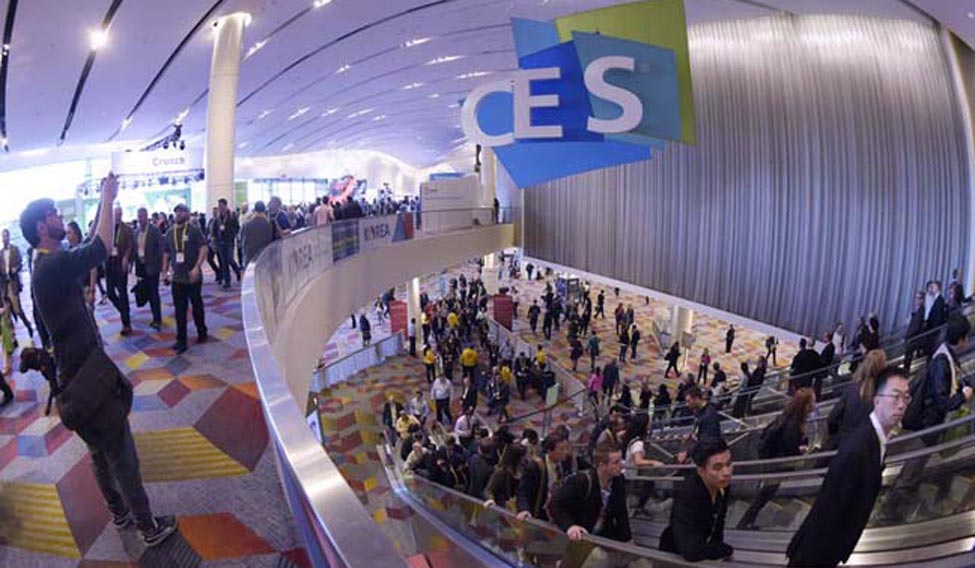CES, earlier known by its full name—Consumer Electronics Show—has just closed its 50th edition in Las Vegas, US, attracting nearly 2 lakh visitors. The show has seen the launch of some iconic personal technology products over the years—the Video Cassette Recorder, CD music player, High Definition TV, BluRay disks, tablet PC, smart TVs, driverless cars, consumer 3-D printers and wearable technology.
Was there anything among this year's launches that may turn out to be another disruptive new device? Difficult, and perhaps too soon to say. In the closing hours of the four-day show, it looks like 2017 may go down as the year of solid incremental advances rather than any single Big Bang technology.
Separating wheat from chaff —the joke items that will never make it to India ( like a laundry folding robot), from the innovations that enhance existing products in exciting ways—we are left with some worthy technology advances which we can expect to experience in the months to come:
Carry on Gaming
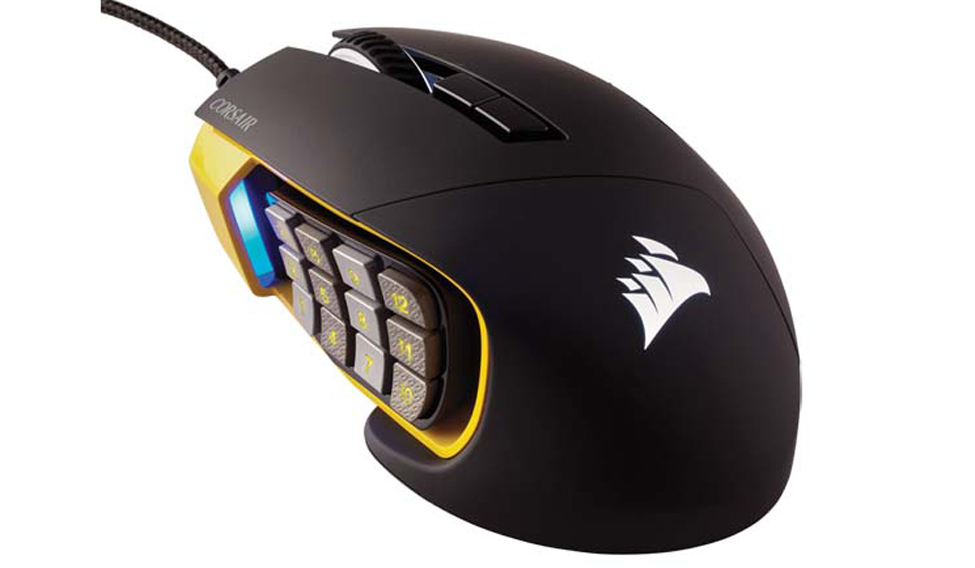
Hardcore gamers have helped create a separate niche of the PC-laptop-accessories market for their special needs. In 2017, this took strange turns —none more so that a gaming mouse with its own keyboard of shortcuts.
Corsair released the new Scimitar PRO RGB gaming mouse which comes with its own onboard storage and a set of keys that one can programme as shortcuts. This allows gamers to save up to three profiles of keyboard shortcuts. The patent-pending Key Slide system allows the 12 mechanical side macro buttons to be repositioned by up to 8mm, keeping every key within reach and exactly where gamers need it at the crucial moment. The Scimitar Pro RGB also boasts four-zone RGB lighting, with multicolour lighting effects and colours saved to onboard memory.
Gaming router
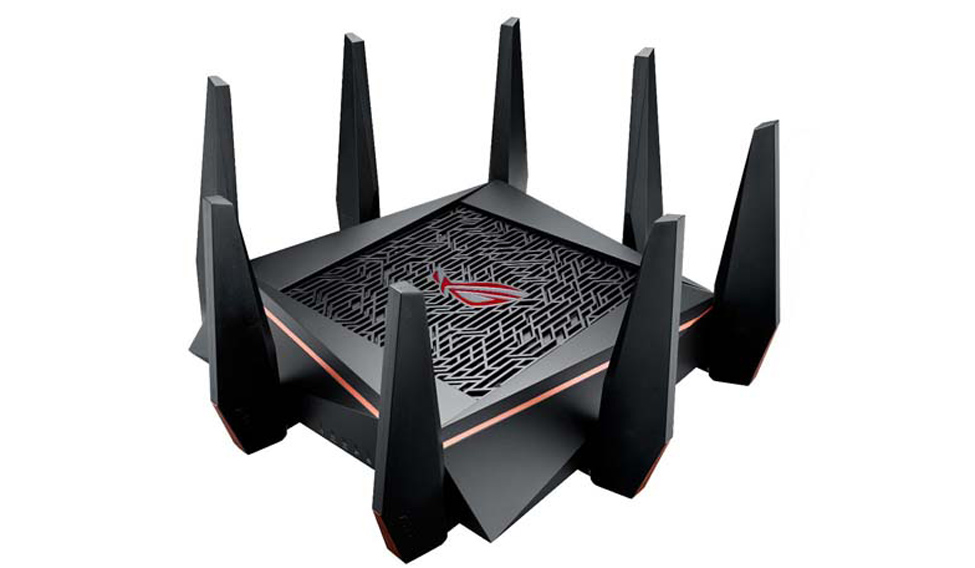
Asus and its brand, Republic of Gamers, is a respected name in the high end gaming arena. When multiple gaming stations use the same WiFi hotspot, some stalling can be expected when demand on data is at its peak. ROG has addressed this problem with arguably the first WiFi router specially for gaming environments:
ROG Rapture GT-AC5300 features a tri-band WiFi, eight-port gigabit-LAN, and its own PC-grade, 1.8GHz quad-core CPU to enable superfast and responsive network gaming. GT-AC5300 also includes two ultra-fast USB 3.0 ports. Among its gamer-friendly features is Gaming Center, which provides an instant overview of the gaming network, so players can see at a glance the current internet status and stability, know how many gaming devices are online and what apps or games they are running. Gaming Center also helps gamers to control their network easily, with many one-click options; and it also shows server ping speeds for popular games from all around the world.
The first gaming router offers users three levels of game acceleration. Two of the eight LAN ports are dedicated gaming ports that prioritise network traffic to devices connected to those specific ports. The router also has a Game Boost feature that works in conjunction with two dedicated gaming ports to prioritise gaming traffic for the best networking speeds, as well as individual speeds for each connected gaming device. Users also have the ability to set up a private gaming network, to accelerate the connection between the router and preferred game servers.
The Game Intrusion Prevention System (Game IPS) offers integrated security based on Trend Micro technology and allows PC-based antivirus and firewall software to be temporarily disabled during gaming sessions, freeing up CPU performance for improved gaming speeds — and preventing legitimate game traffic from being blocked. The ROG Rapture will be available in India shortly.
Play games on vanilla PCs
You need a special games PC to play games, right? Wrong, not any more. About 1 billion personal computers in use aren’t PC-game ready, possibly the older machines, Macs, or thin and light models that don’t let you install so-called discrete graphics required for realistic gaming. AT CES 2017, graphical computing king, Nvidia, unveiled a solution that enables one to play demanding games on such basic platforms. It's called GeForce Now, a cloud-based solution that promises to do for consumers what Amazon Web Services (AWS) does for businesses. It turns relative-weakling computers into gaming PCs on demand, letting someone who hasn’t taken the effort to build or buy a gaming PC, or who only wants to play such games here and there, play them. Nvidia CED Jen-Hsun Huang demonstrated GeForce Now by launching the online Steam store in about 20 seconds and playing a graphics-rich title Rise of the Tomb Raider on a PC laptop and Mac that normally couldn't handle the job.
GeForce Now will be available worldwide in March and cost $25 ( Rs 1750) for 20 hours of play. So it isn't exactly cheap.
Voice is way to go
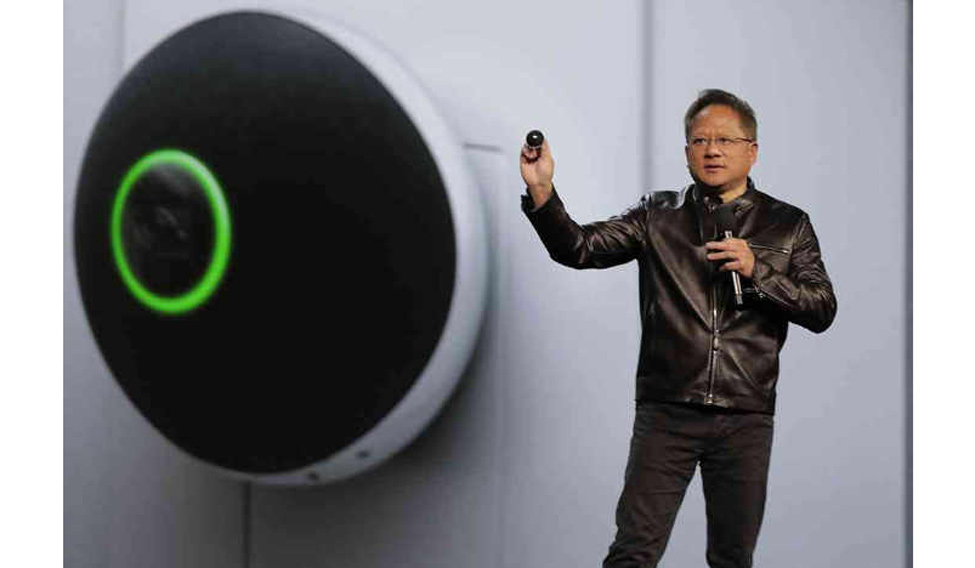
Voice assistants and chatbots debuted in 2016. CES pointed to voice as the key technology that we will soon use in the home to do just about anything from googling for information to restocking the fridge to setting up an alarm system from afar. Google Assistant, Microsoft Cortana, Apple Siri and Amazon Echo are the hot contenders and who emerges as the top voice tech depends on how many other players in the ecosystem, sign up with one or the other of the voice agents. At CES, Nvidia previewed a ball-shaped handheld device called Spot. It uses tiny far-field processing microphones and echo cancellation to pick up your speech from 6 metres away. It employs “triangulation” to determine who in a room is talking. And it works with Google Assistant, letting you order a Meru cab by voice, turn on music or TV or ask check the weather. Spot also integrates with Samsung’s SmartThings hub to connect to smart plugs, coffee-makers, garage doors, locks, thermostats, cameras and other devices.
Amazon's Alexa has its own clients like Whirlpool or Ford Motor. Huawei announced a new mobile phone that will come with Alexa pre-installed. Meanwhile, Microsoft signed up Harmon who will make their range of speakers Cortana-friendly.
Alexa is not yet in India, which may give Google a head start, but one way or another, we are going to give voice commands, more often, more easily in 2017.
TV: thinner, sharper
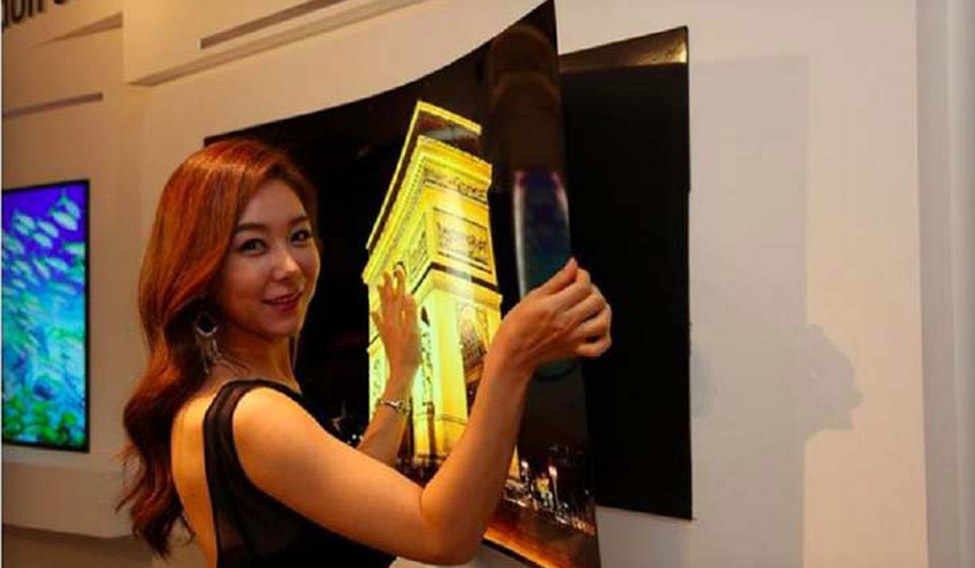
Ultra high definition (UHD) otherwise known as 4K was the big TV story last year. In 2017, we can expect consolidation of 4K rather than another upward bump in resolution.
Meanwhile UHD will see a slight tweak as with technologies like Quantum dots improving the High Dynamic Range( HDR). In fact some makers have starting renaming OLED sets as QLED at CES this year. Remember, OLED made TVs thinner last year because each pixel of the LCD display adjusts its own brightness and does not need a backlit panel of LEDs. This year TVs are becoming thinner than ever.
LG’s new Signature 77W7 4K TV (up to 77 inch) is so thin thy nicknamed it the “Wallpaper TV” because you can hang it like a sheet of paper, being only as thick as four credit cards placed together (2.57 mm). To make the wall unit so thin, LG has taken its four HDMI inputs, three USB inputs, coaxial connector ,etc and housed it inside the separate Dolby Atmos 4.2-channel soundbar. This is connected to the screen with a single flat cable.
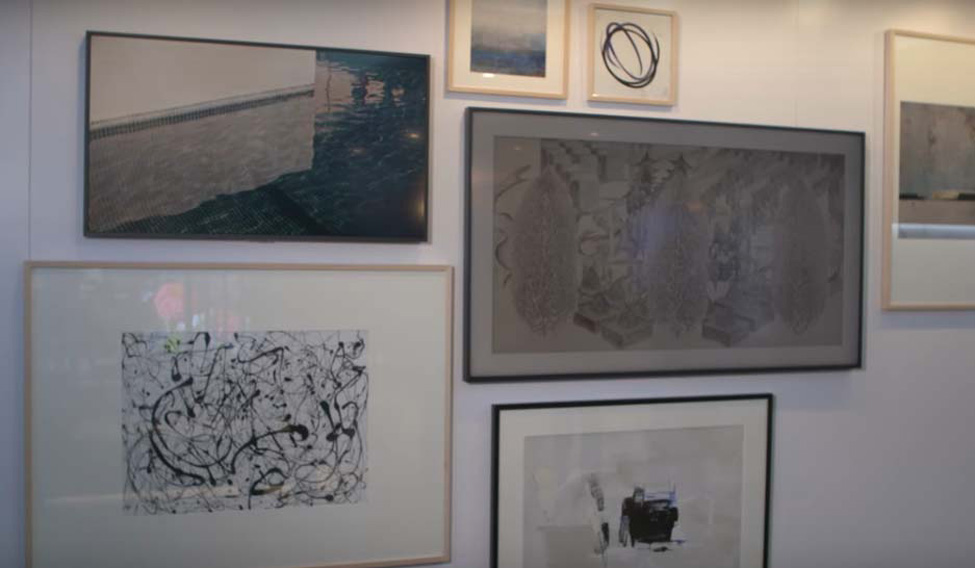
Samsung has gone in another direction: a TV that never turns off, called the Lifestyle TV. When you’re watching TV it is your familiar HDTV. When you are away, it morphs into a large a digital frame that displays whatever you want, a still picture or a slide show. You can do this because these new age TVs consume so little power.
Home appliances
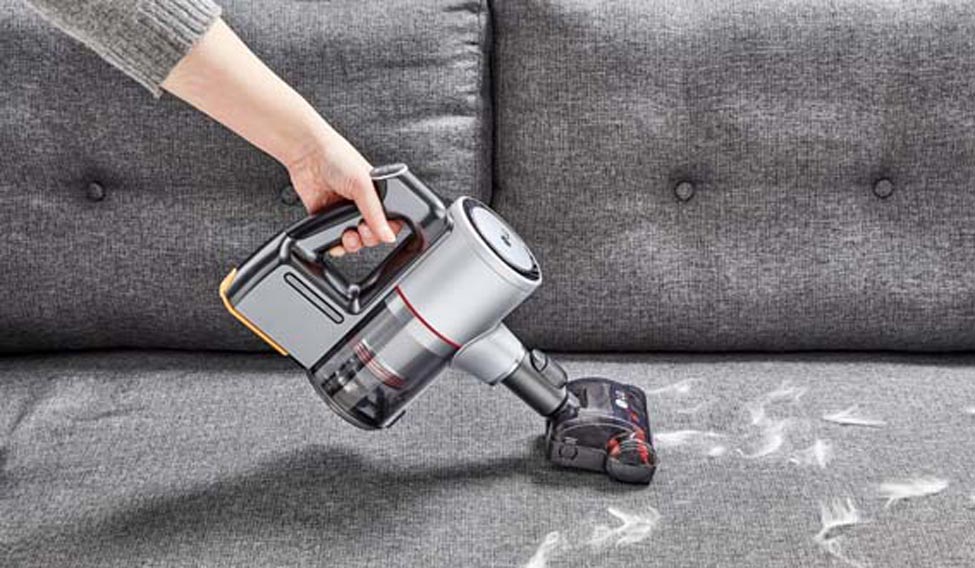
CES is traditionally the launch pad for white goods and home appliance innovation and 2017 was no exception. LG addressed a major pain point of vacuum cleaners: having to manage the long connected hose. They have taken it away, integrated the waste bag in the suction unit and made it rechargeable. The CordZero premium vacuum uses a Smart Inverter Moto that spins 16 times faster than an airplane engine, enabling the 3D turbo fan to generate powerful airflow. The vacuum’s advanced five-step filtration system employs a HEPA 13 Filter to eliminate much of the dust that would otherwise go airborne when vacuuming. You get two removable Dual PowerPac lithium-ion batteries to get the job done without having to stop to recharge at the wall mounted charger.

With washing machines come other minuses: There are different machines for washing and drying. And front loading and top loading has its fans. Samsung has thrown all options into one jumbo double machine—a two tub, washing machine plus dryer with both front loader and top loader.
The FlexWash + FlexDry laundry system offers two washers and two dryers in one system, giving consumers more choices to do laundry the way they want. Within the two machines, each distinct laundry compartment includes unique features to tackle wash day needs. The FlexWash front-loader is equipped with five cubic feet of capacity—the largest in its class— to handle normal or bulky loads. The FlexWas top loader adds another cubic foot of capacity and is built to wash smaller loads separately from the main load. To power through big laundry loads, users can operate both washers at the same time with different settings. To dry fabrics, FlexDry has the ability to tackle large laundry loads with the added flexibility to dry a few delicate items at the same time. Users can lay clothes flat in the unique Delicate Rack zone at the top of the dryer and gently dry delicates with a controlled, heated air flow.
AR and VR on your phone
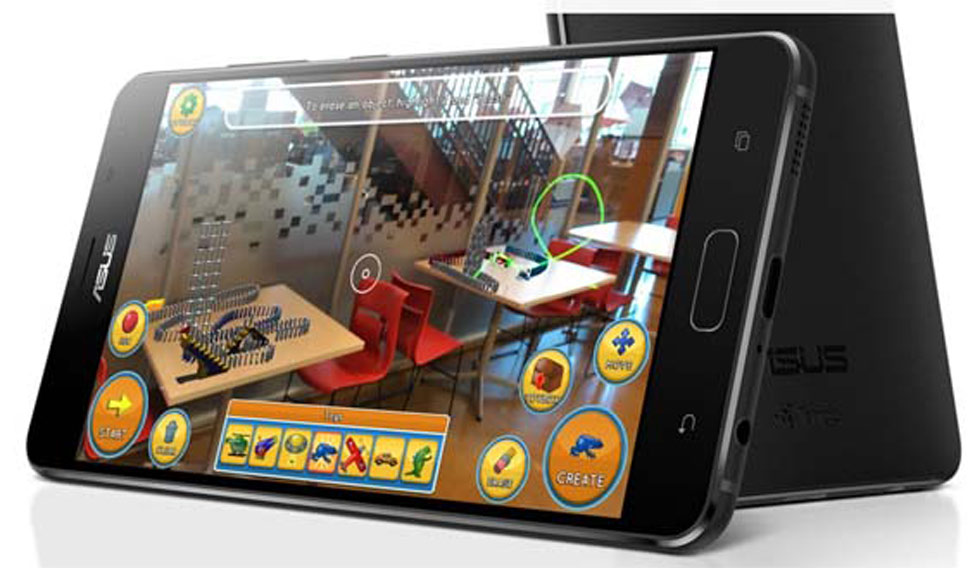
Virtual Reality and Augmented Reality have been around last year. In 2017, expect to find them on your phone. The new Asus Zenfone AR is the first fuelled by Google Tango and Daydream technologies. Tango uses a set of sensors to enable AR on the handset. Daydream's apps provide the platform that turns the phone into a VR tool. Zenfone AR also uses a 23 MP 3-lens camera, motion tracking and depth sensing to provide the complete VR tool.
Asus may be the first, but will others follow? Tango and Daydream are futuristic platforms but do we want them on our phones? Only time , and CES 2018 will tell.


